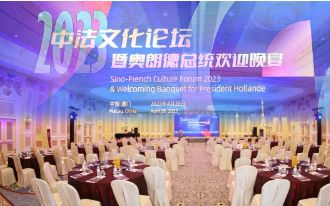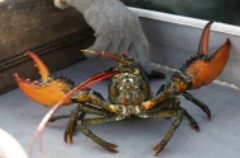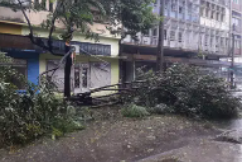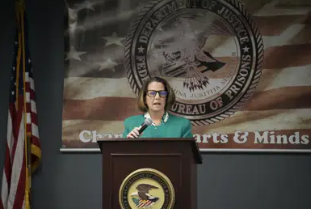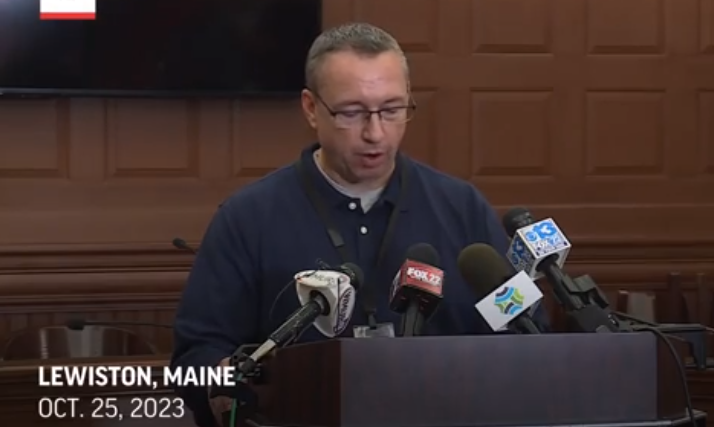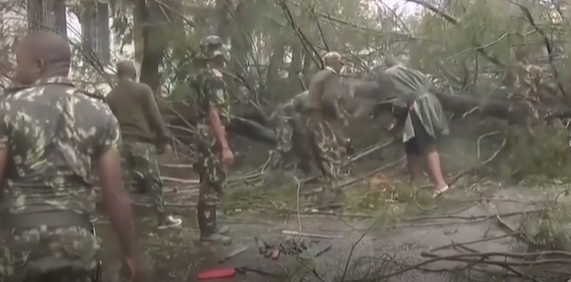Nov,18,2023 Globle Edward 41196
Inheriting and Innovating, Injecting New Energy into the Development of Intangible Cultural Heritage - Mr. Tang Yong's Path of Inheritance
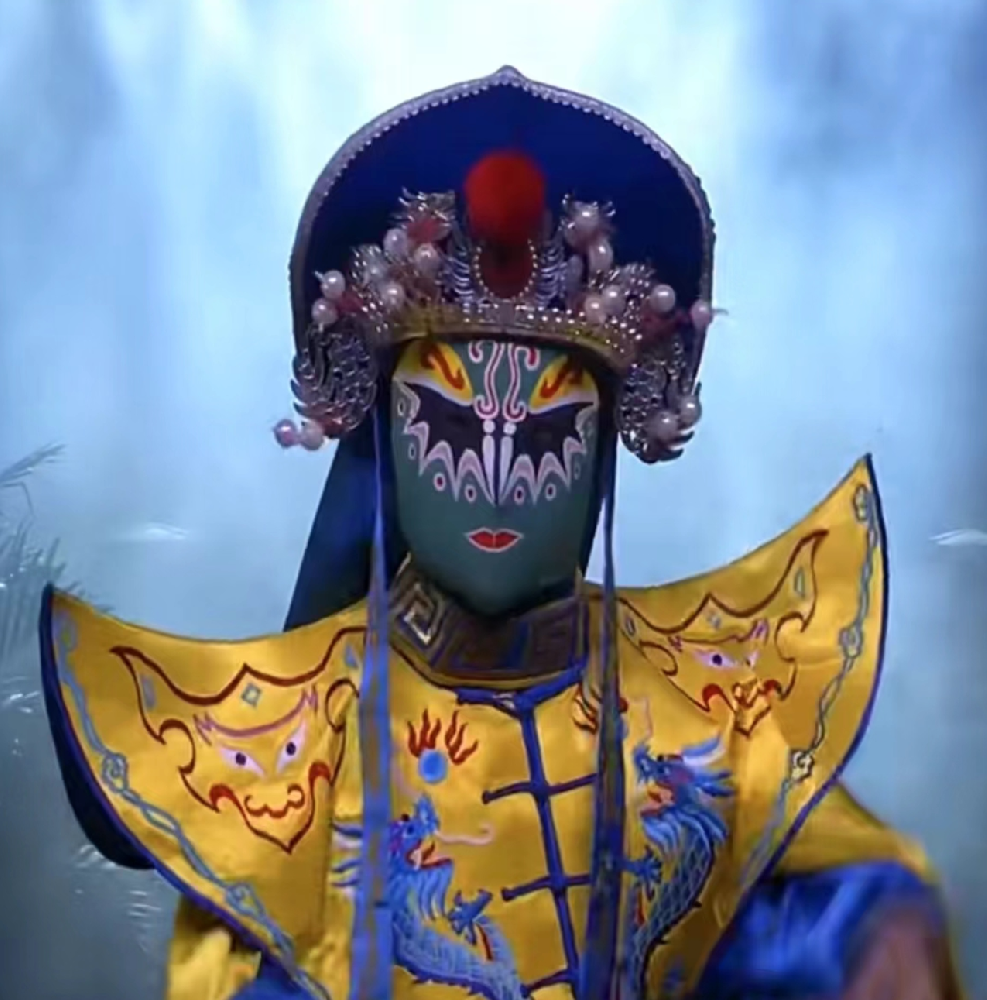
Sichuan Opera, also known as Chuanxi or Chuanju, is a traditional art form well-known in the southwestern region of China. Its distinctive features lie in the division of roles into Xiaosheng (young male), Xiaodan (young female), and Xiaochou (clown), as well as the use of five singing styles: Kun, Gao, Hu, Tan, and Deng. Among them, Gaoqiang, a type of singing style in Sichuan Opera, is the most unique, showcasing the inner world and emotions of the characters through the singing of the Bangqiangshi (supporting singer). The face-changing, fire-spitting, and water-sleeve techniques are important components of Sichuan Opera and are artistic treasures passed down by the older generation of Sichuan Opera artists.
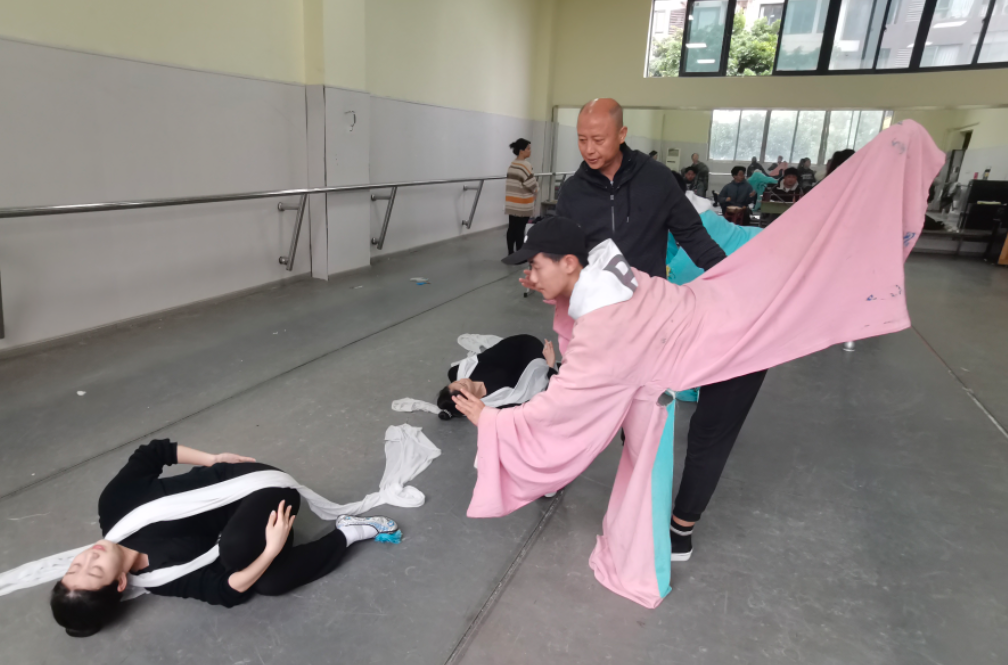
As a contemporary Sichuan Opera practitioner, how can one combine this traditional art form with modern society and inject new vitality into it? This has been an important topic of exploration and research for Mr. Tang Yong, an inheritor of intangible cultural heritage. Born into a family of opera performers, Mr. Tang's mother was a respected artist and educator, and he grew up immersed in the atmosphere of Sichuan Opera. Following in his mother's footsteps, he joined the big family of Sichuan Opera. He has played leading roles in various Sichuan Opera productions, including large-scale productions such as "Furong Fairy," "Legend of the White Snake," "Legend of the Green Snake," and many short plays. He also learned face-changing techniques from older generation Sichuan Opera artists such as Wang Daozheng and Peng Denghuai. His artistic journey has not only taken place within China but has also extended overseas, visiting more than 20 countries and regions, spreading Sichuan Opera to foreign audiences and introducing them to Sichuan and its opera.
As he grew older and matured, Mr. Tang felt an increasing sense of urgency. He knew that Sichuan Opera, this national treasure, must be better inherited and developed. Therefore, starting from 1998, he transitioned from being on stage to working behind the scenes and established three art schools, personally funding the enrollment of students, embarking on the path of inheriting Sichuan Opera. He has trained thousands of students, most of whom are engaged in artistic work, serving society and passing on the torch. Faced with the rapid development and changes of modern society, how can more young people accept and love Sichuan Opera and experience its charm? Mr. Tang has made more efforts in this regard. He has been employed as a teacher in multiple universities, bringing the essence of Sichuan Opera into the innovative thinking and concepts of college students, allowing them to combine Sichuan Opera facial masks and traditional artistic aesthetics with the needs of modern society, creating a resonance of beauty in fields such as fine arts, jewelry design, graphic design, and animation production. The integration of modern diverse art forms makes people cherish and look forward to traditional artistic performances even more.
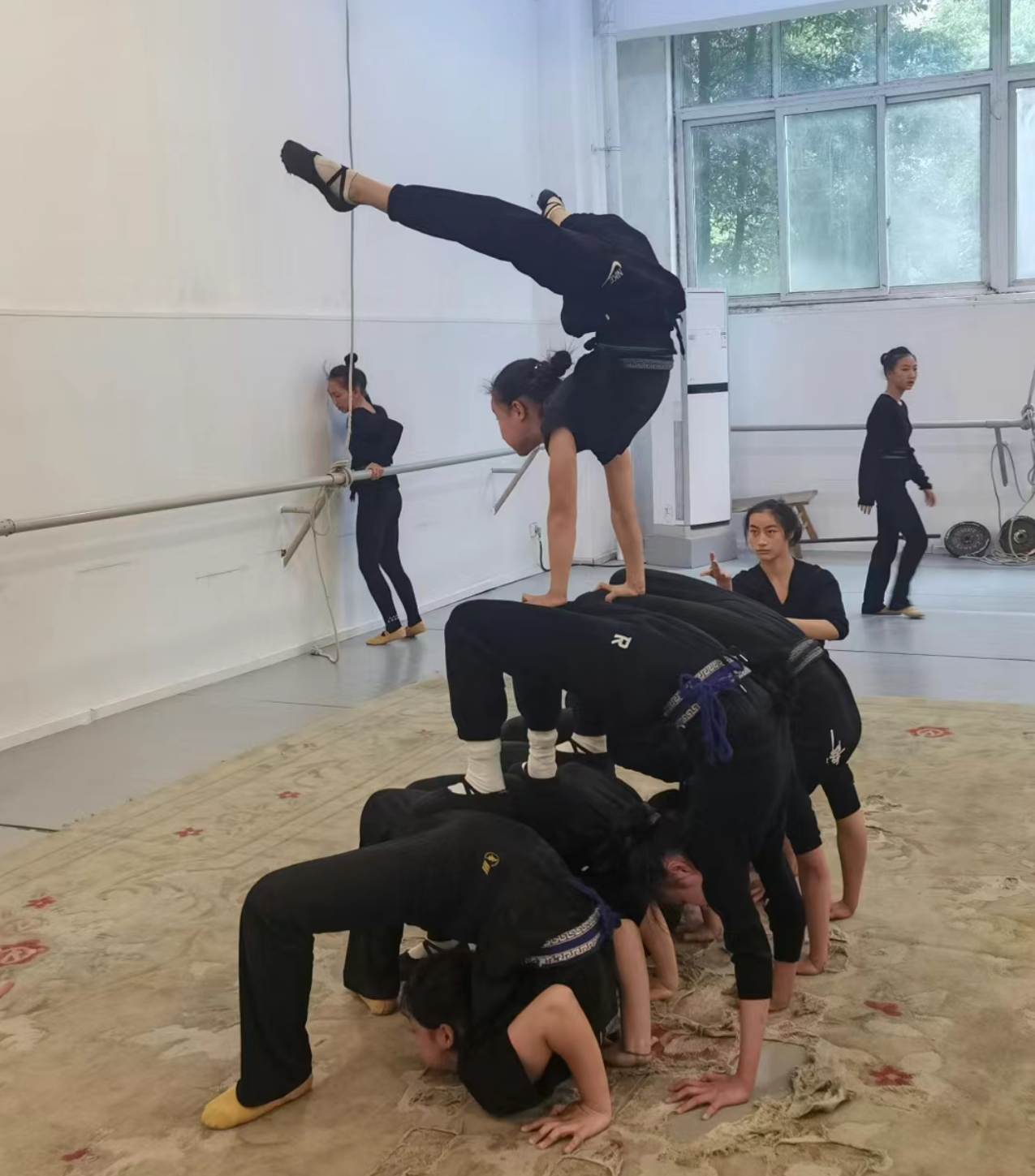
Mr. Tang Yong clearly recognizes that only by adhering to tradition and innovating can Sichuan Opera flourish. Although this path is challenging, as long as one dares to try and work hard, success is certain. His perseverance and efforts have injected new energy into the development of intangible cultural heritage and provided valuable experience and inspiration for the inheritance and development of traditional arts. In the days to come, Mr. Tang Yong will continue to devote himself to the inheritance and development of Sichuan Opera. He hopes that through his own efforts and the participation of more young people, Sichuan Opera, this traditional art form, will radiate even more brilliance, injecting more new energy into the inheritance and development of intangible cultural heritage.
Last news:Maine towns are locked down and search is on for shooter who killed at least 16 people and escaped
Next news:Promotion Event of “Expo 2024 Chengdu” Held in the International Garden Exposition
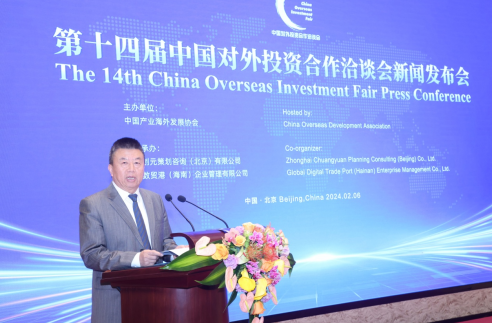
China Overseas Development Association Holds Press Conference of the 14th China Overseas Investment Fair in Beijing
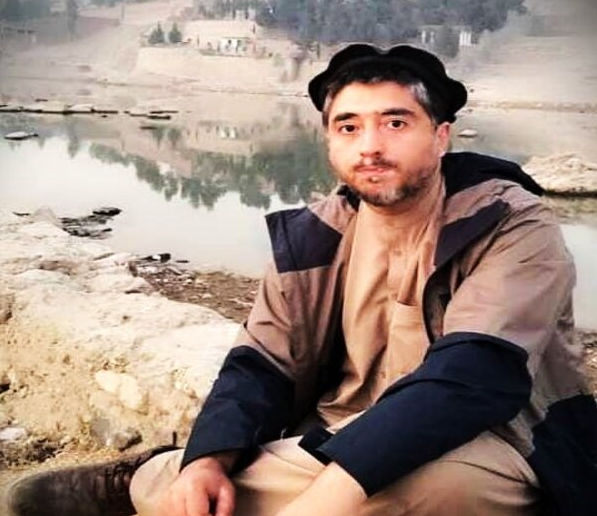
WOMEN, CHILDREN AND FAMILIES SHATTERED IN AFGHANISTAN: AHMADZAI REPORTS

MISSISSIPPI AI COLLABORATIVE ANNOUNCES THE LAUNCH OF THE AI AGENCY

The Path of Mr. Tang Yong's Sichuan Opera Heritage
